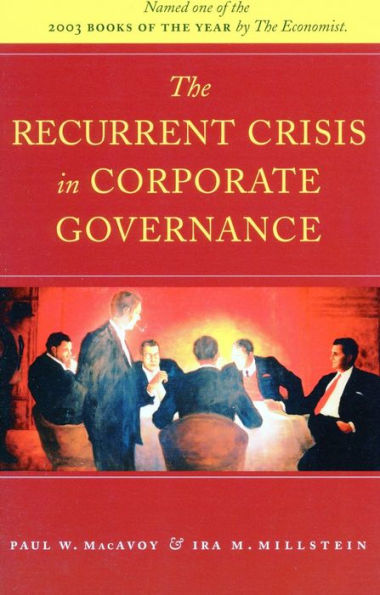5
1

The Recurrent Crisis in Corporate Governance
192
The Recurrent Crisis in Corporate Governance
192
32.0
In Stock

Product Details
| ISBN-13: | 9780804750868 |
|---|---|
| Publisher: | Stanford University Press |
| Publication date: | 08/18/2004 |
| Edition description: | 1 |
| Pages: | 192 |
| Product dimensions: | 5.50(w) x 8.50(h) x 0.60(d) |
About the Author
From the B&N Reads Blog
